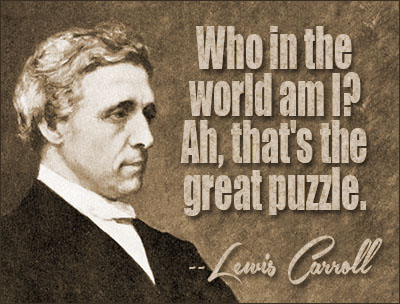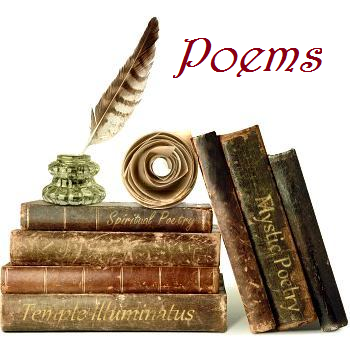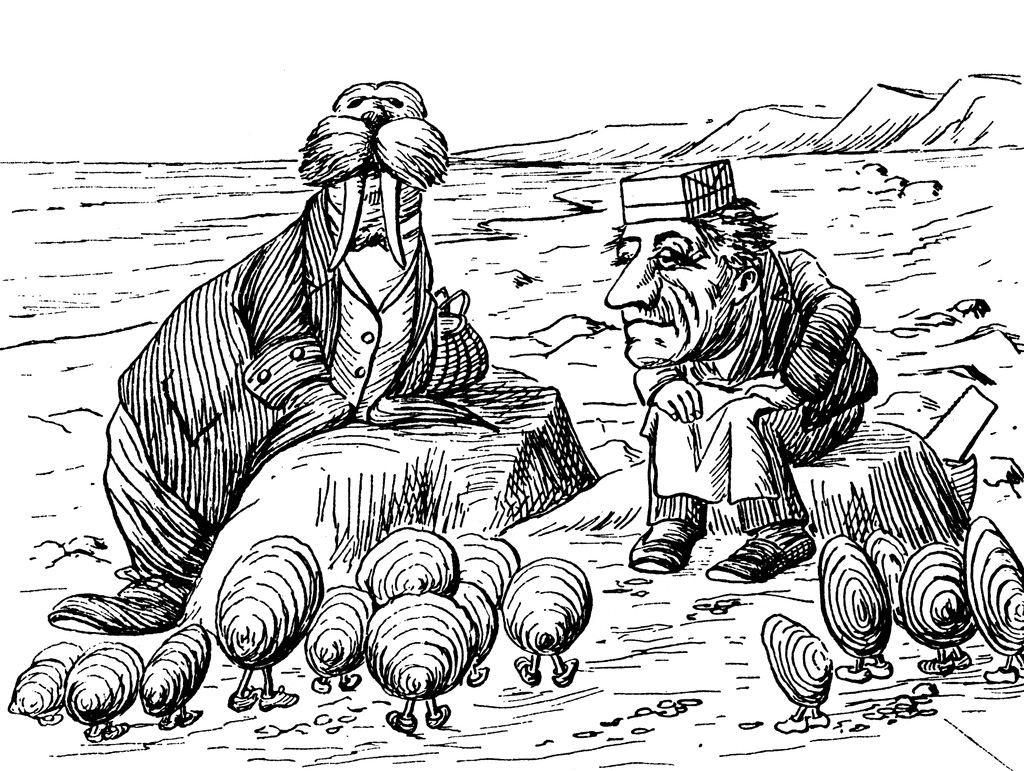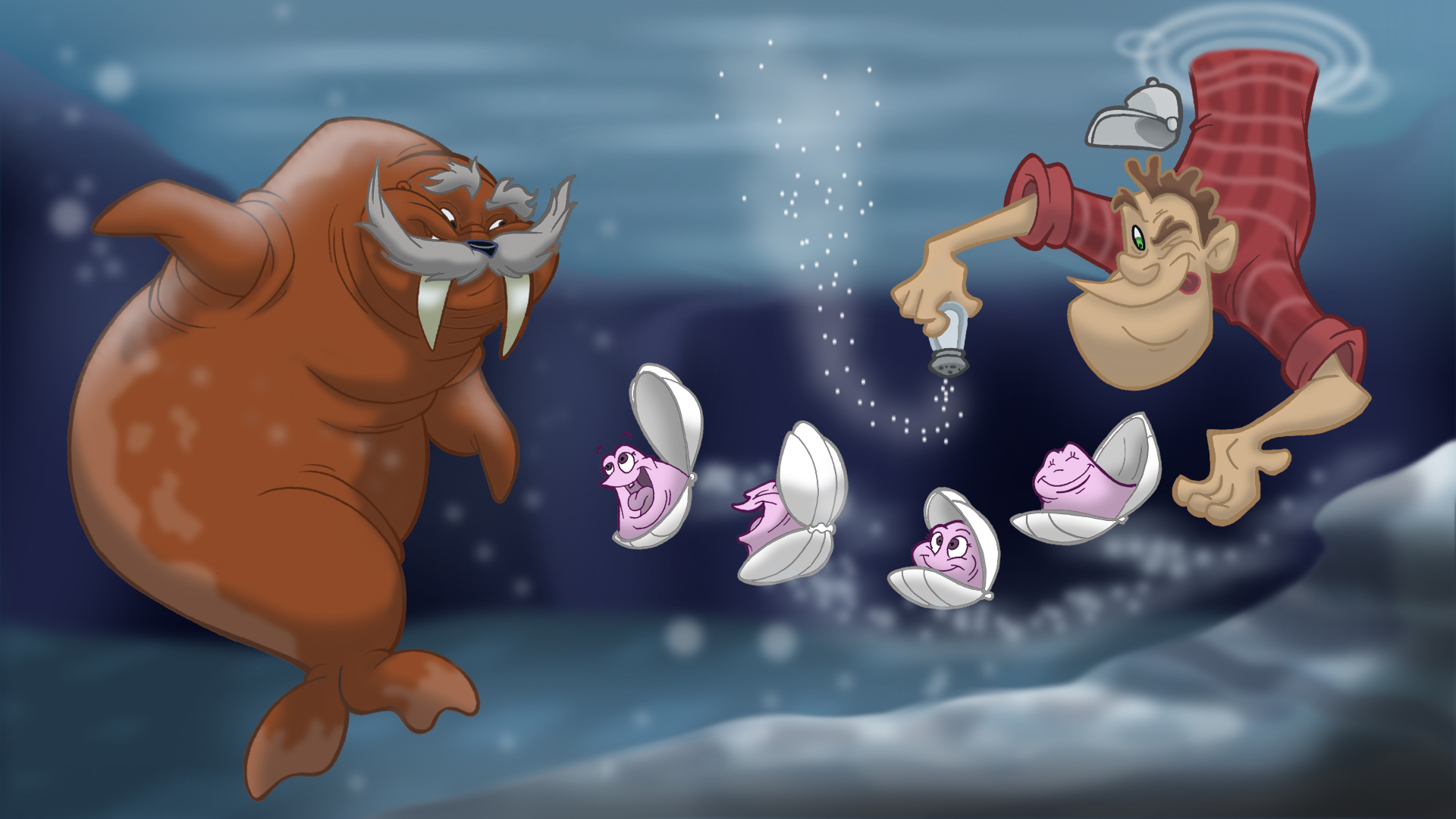The Hunting of The Snark Poem belongs to the family of narratives called romance quest: A band of comrades sets out on a journey into a perilous domain on a quest for something of value. Often the exact nature of the object of the quest is a mystery. In the perilous domain, the comrades encounter obstacles that test their heroic virtue. In medieval literature, the knights of King Arthur’s Round Table engaged in a quest for the Holy Grail. In a mock-heroic journey in Victorian England, Carroll’s “The Hunting of the Snark” depicts a similar journey into the perilous unknown carried out by a motley crew, ranging from a banker to a bootblack and they need to lose themselves so that they can find the Snark.
The Hunting of The Snark Analysis
Scholars have suggested various themes. According to biographer Florence Becker Lennon, the poem’s “motif of loss of name or identity” is typical of Carroll’s work. According to Richard Kelly, there is a “theme of annihilation” prominent in the poem. Furthermore, Edward Guiliano feels that the Snark is within the nonsense tradition of Thomas Hood and, especially, W. S. Gilbert, the librettist of the famous Gilbert and Sullivan team. It can also be said that there is a direct influence of the Ballads of Gilbert Bab in the poem “The Hunting of the Snark” because Carroll was someone who was very well acquainted with the theatre and forms of comic writing of his age.
Whenever asked about the meaning of the hunting of the snark poem Caroll replied that he did not know anything regarding the meaning of his poem. It must be mentioned that even though he denied for the meaning of the poem he agreed with a particular interpretation that there is a use of allegory in the poem in search of happiness.
The setting of The Hunting of The Snark Poem is the same as Caroll’s earlier poems, which was published in his children novel published in 1871. There is a use of eight nonsense words from “Jabberwocky” which we come across in the poem: Bandersnatch, Beamish, frumious, galumphing, jubjub, mimsiest, outgrabe and uffish.
Critics have given many interpretations of the poem.
1) An allegory for tuberculosis
2) A mockery of the Tichborne case
3) A satire of the controversies between religion and science
4) The repression of Carroll’s sexuality
5) A piece against vivisection
These are among some of the various interpretations. According to Cohen, the poem Caroll in his poem represented a voyage of life. “The Hunting of the Snark” is Carroll’s comic representation of his fears of disorder and chaos.
According to Martin Gardner Baker was the satire of Carroll himself and he also pointed out the fact that Baker was named after his own uncle. Carroll once claimed that it was from a single line of nonsense that the whole poem was originated. The line being “For the Snark was a Boojum, you see.” Many readers have suggested a symbolic meaning for the Snark: wealth, power, glory, honor, love. Annihilation can be regarded as an unfortunate price for attaining desire. The hunter thinks he is going to capture the Snark, but the Snark always gets him instead. Perhaps it can be said that it is the reader who read Carroll’s poem for a meaning but the meaning is elusive from the very beginning.
The Hunting of The Snark Style
We know Carroll as a lecturer in mathematics at Christ Church College, Oxford University, and he was a pioneer of photography in the early stages. He came across always as a shy person who never married but never resisted to form various relationships throughout his life with several young girls. The poem itself begins with a dedication to one such friend whom Caroll in a summer vacation befriended.
The dedicatory poem is an anagram in which the first letter of each line, read from top to bottom of the text, spell out Gertrude Chataway’s name. The poem is composed of four stanzas each having four lines each and the names “Girt,” “Rude,” “Chat,” “Away” were all formed with the use of the first syllable in each stanza. The dedication expresses the joy Carroll felt in the companionship of the beautiful child on a summer’s day at the seashore.
This is a type of poetic form, which was generally founded and read in nursery rhymes and children’s game. Poems such as Rime of the Ancient Mariner (1798) which was written by Samuel Taylor Coleridge followed similar poetic forms. The poet uses a form of Ballad in this poetry and he uses the rhyme scheme abab with the stanzas having four-line each.
What the readers come across in The Hunting of The Snark Poem that lines 1 and 3 of each stanza constitutes of four accented syllables and lines 2 and 4 has three accented syllables and both of them conclude with a full stop or in other words with a musical rest. The accented syllables often alliterate or display similar sounds. The number of unaccented syllables per line is variable. This is something which is related to Old English and whose use has been seen in epics like Beowulf. The poem is generally time-based and like common hymns and popular ballads, it is meant to be sung with a specific time signature.
The poet gives us a piece of literature comprising of 141 stanzas of four lines each, and have internal rhymes in the first and third lines. It must be mentioned that Holiday and Carroll additionally had some disagreements over the artwork of the poem. However, Carroll refused his illustration of the Boojum, preferring that the creature go without a depiction, and made him change his initial portrayal of the Broker, as it could be perceived as anti-Semitic.
In the poem, we do not come across any form of depiction and representation of “boots” or even “snarks”. However, based on a draft by Lewis Carroll, the Snark was allowed to show up in an illustration by Henry Holiday, where it appeared in a dream of the Barrister.
Carroll never gave the readers any particular meaning of the word “snark” as the word was first used to describe a sound in the year 1866.
The Hunting of The Snark Poem was widely seen with mixed reviews from the readers. The title of the poem came to some critics as too appealing and Carroll’s use of poetry instead of prose was highly criticized by Andrew Lang. The Athenaeum described it as “the most bewildering of modern poetry,” wondering “if he has merely been inspired to reduce to idiocy as many readers and more especially reviewers, as possible.” According to The Saturday Review, Carroll in his poem depicted “endless speculation” as to the identity of the snark. Although many critics also felt that, the familiar nature of Carroll’s nonsense weakened its effect for the reader. The poem was also praised by the Graphic and said it to be a beautiful and needed departure from the Alice books and it was regarded as a “glorious piece of nonsense” which not only made its mark to the normal readers but also appealed to the Alice readers.
Some online learning platforms provide certifications, while others are designed to simply grow your skills in your personal and professional life. Including Masterclass and Coursera, here are our recommendations for the best online learning platforms you can sign up for today.
The 7 Best Online Learning Platforms of 2022
- Best Overall: Coursera
- Best for Niche Topics: Udemy
- Best for Creative Fields: Skillshare
- Best for Celebrity Lessons: MasterClass
- Best for STEM: EdX
- Best for Career Building: Udacity
- Best for Data Learning: Pluralsight













